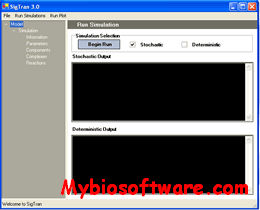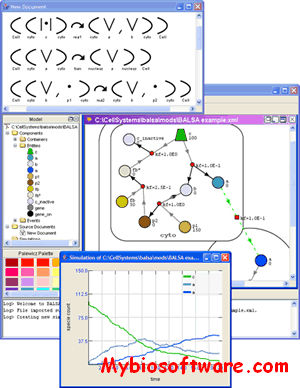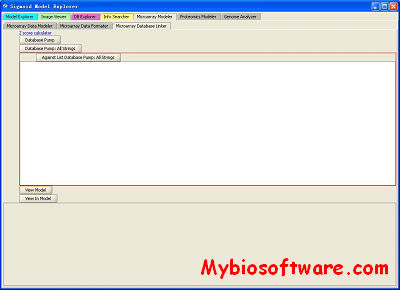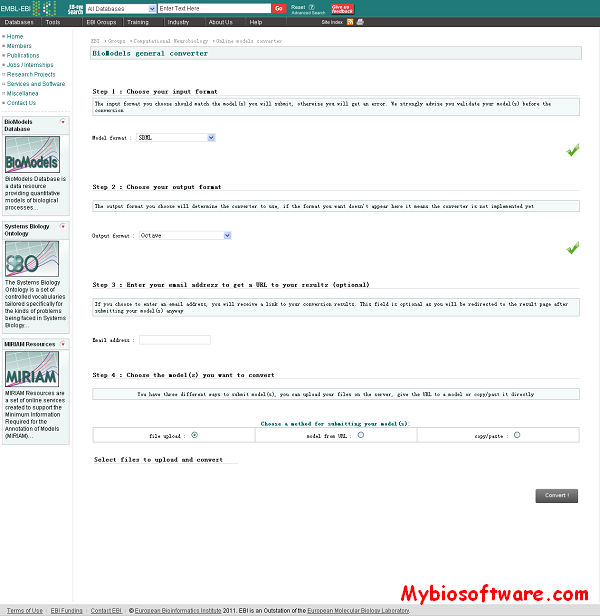SigTran 3.0.4
:: DESCRIPTION
SigTran is a modeling environment especially designed to enable biological researchers to carry out large scale simulations and analysis of complex signal transduction networks. SigTran is being used by the UW/CSI modeling team to aid in their systems biology research into T cell signal tranduction events.
SigTran has incorporated some of the latest developments in the field of stochastic simulation of biological networks. Some of these major developments include the Firth-Bray algorithm with molecular complexes treated as software objects with multistate functionality , Shimizu’s work on spatial organization of cell signaling pathways and the algorithmic enhancements of Gibson and others to the Gillespie algorithm.
::DEVELOPER
:: SCREENSHOTS
:: REQUIREMENTS
- Windows/ Linux / Mac OsX
- JAVA
:: DOWNLOAD
:: MORE INFORMATION
SigTran is freely available for downloading and testing. Questions and comments should be directed to the Modeling Group at Cell Systems Initiative modeling@cellsystems.org.





